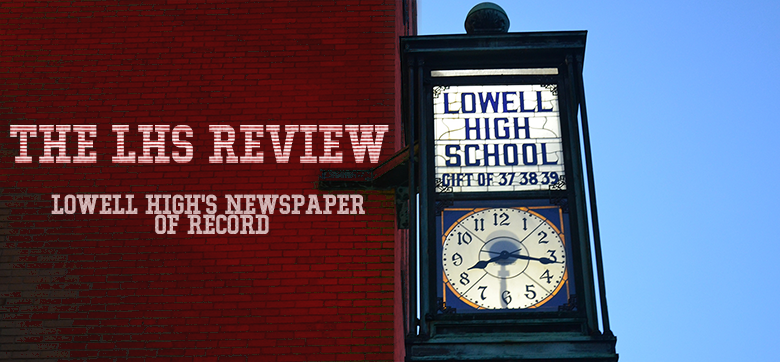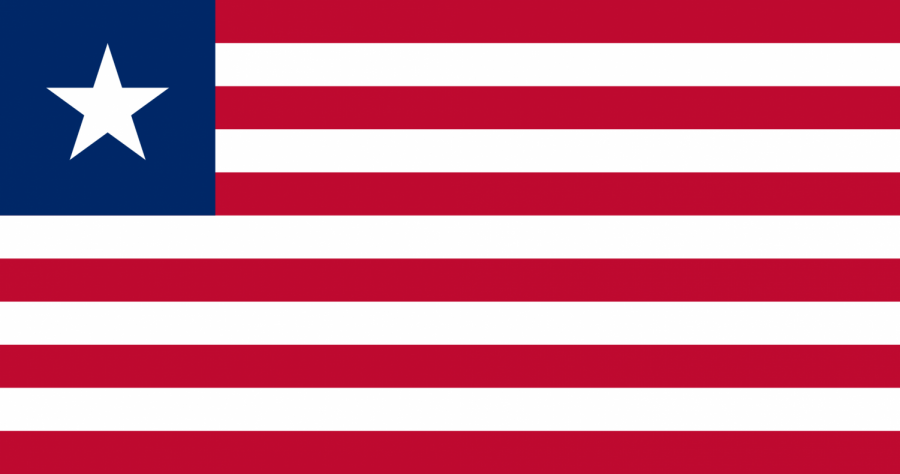By Jose Gutierrez
Lowell, MA- A crushing tackle in football. A shot to the head in soccer or volleyball. A collision in field hockey. A strong elbow to the head while rebounding in basketball. Concussion.
A student is at practice or a game and sustains a hit to the head.
Symptoms of a concussion can be mild or strong. The athlete may feel alright but once they get home they find themselves having headaches and nausea. Even the dimmest light hurts their eyes. An athlete may be out for two or more weeks if properly diagnosed.
“Kids’ brains have unique factors that put them at greater risk for injury than we adults,” said Dr. Robert C. Cantu, a neurologist who practices in Massachusetts and spoke at a conference about head injuries held at University of Massachusetts Lowell last spring.
Cantu is an authority on head injury and regular speaker on the topic. He has authored over 358 scientific publications, including 29 books on neurology and sports medicine, according to his website, http://robertccantumd.com/.
By definition a concussion is a brain injury caused by the violent shaking of the head and body or a hard hit the head, according to the Centers for Disease Control (CDC).
During a hit that results in a concussion the brain hits the side of the skull which causes bruising and inflammation in the brain which in turn cause neurological problems.
In high school athletes, depending upon the sport, head injuries are an inherent risk.
According to the CDC, nearly 30 million children and adolescents participate in youth sports and out of these 30 million there will be approximately 2 million injuries and 500,000 doctors visits followed by 30,000 hospitalizations yearly.
Injuries associated with participation in sports and recreational activities account for 21% of all traumatic brain injuries among children in the United States.
Traumatic brain injuries can be caused by many things but the most common brain injury is a concussion, according to the CDC.
Although concussions affect individuals at very different levels some of the most common concussion symptoms are headaches, tunnel vision, drastic changes in moods, sensitivity to light and or sound and memory loss.
Here at Lowell High each year there are student-athletes who are concussed or have had a concussion, according to the Athletic staff.
A small fraction of these people have also had more than one and the more concussions you have gotten the more likely you are to receive another especially within the following 1-2 weeks after impact, according to the Athletic staff.
Chyanne Keo, a junior here at Lowell High who is a girls varsity athlete, received a concussion while playing volleyball.
During her recovery Keo often experienced an impatience with people, she said.
“I was easily irritated by people and I had light and slight sound sensitivity,” explained Keo. “I had frequent headaches on the side of my head where I got hit.”
Students, who suffer a concussion, also can experience difficulties concentrating on simple tasks.
“The hardest thing is trying to do the small amount of work you can do while paying attention so you don’t get caught so far behind,” said Keo.
Just focusing on one subject or simply looking somewhere can cause debilitating headaches or a bright flash of light that hurts your eyes even if you just look at a piece of paper, according to Cantu’s website, http://robertccantumd.com/.
Motor and cognitive skills may also be affected.
At the time of Keo’s recovery, she commented, “I just feel a bit slow, my reaction times are slower and even getting small things across such as reminding myself that I have to get my I.D. for class takes a short time to fully become an action and not just a thought.”
Weeks after the initial injury, Keo still experienced unease.
“I feel like I am in a daze of sorts, I don’t see the bright lights and get the migraines but I am still a bit slow but I recovered enough to start my back to school workouts so hopefully by next week’s game I can be playing,” she said.
Although it was only Keo’s first concussion, according to the Cantu website, if a person gets one they are more likely to keep getting concussions in the future.
Thomas Machado a student here at LHS represents the side of the student-athletes who experienced more than one concussion.
Sports such as football, wrestling, lacrosse and other activities have left Machado with 2 concussions and on top of that a few milder collisions which may also damage the brain.
Often, these frequent hits to the head may weaken the brain and make school work difficult.
It’s important for teachers and administrators to understand concussions as the diagnosis is more prevalent.
Teachers were flexible with assignments and “…I was able to take things at a slower pace and at times no pace at all because I just couldn’t do it,” said Machado who experienced symptoms for a little over a month.
“Simple things like remembering things,” Machado added about the difficult recovery.
As the symptoms dissipate it has been proven that it can take months and sometimes up to a year or more for the brain to fully recover, according to Cantu’s website.
Gaps in memory, concentration problems and tiredness can linger even after a student-athlete has been cleared to return to normal activity, according to the CDC website.







